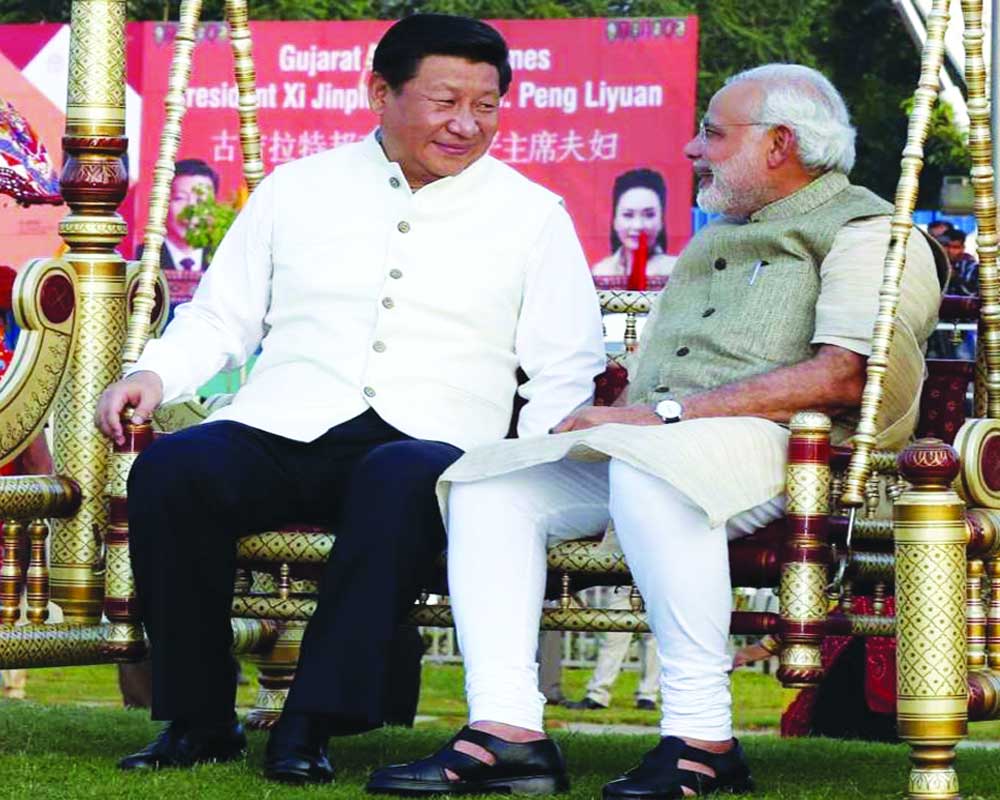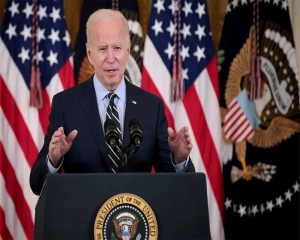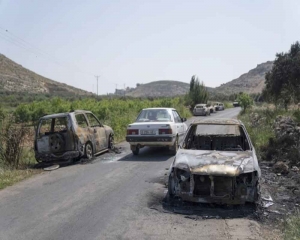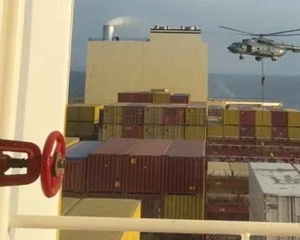In Mamallapuram, Modi and Xi might reaffirm commitments made at the Wuhan Summit while with Nepal the latter will try to expedite delayed Chinese projects
Chinese President Xi Jinping is expected to arrive in India to hold a second informal summit with Prime Minister Narendra Modi at Mamallapuram near Chennai from October 11 to 12 and pay a State visit to Nepal on October 13. The Mamallapuram summit is important for the country as it comes amid escalating tensions in the South Asian region, especially between India and Pakistan, after the Modi Government abrogated Article 370, revoking the special privileges given to Jammu & Kashmir (J&K) by the Constitution. During the informal meeting, Modi and Xi are expected to hold comprehensive talks on a host of issues concerning bilateral relations and exchange views on regional and international matters of importance.
Given the growing tension between New Delhi and Islamabad post the abrogation of Article 370 and Beijing’s support to Pakistan, this meeting is critical from China’s standpoint, too, considering that India has managed to build trust and traction with its immediate neighbours — Bangladesh, Bhutan and Maldives.
In doing so, India’s “neighbourhood first policy” has taken centrestage, as it did, soon after Modi took oath for the second term this year. His first overseas visit was to the Maldives. This island nation has proven to be a litmus test for Modi’s foreign policy, especially in terms of finding a friendly ground due to former Maldivian President Abdulla Yameen’s closeness with China. The political upheaval in the Maldives caused by the imprisonment of a number of political leaders, including former President Mohamed Nasheed, had raised strategic and political concerns in India at that time. The political instability in the Maldives had limited India’s options and even though Nasheed had called upon New Delhi to intervene, it had abstained from making any moves in the domestic matters of the island nation.
Nasheed had also alleged that Yameen wanted to sell land to Beijing for the construction of a Chinese base in the Indian Ocean and was leading the country into debt by borrowing money from China for infrastructure projects. This had proved to be a critical time for India’s maritime security. However, with the new Government coming to power in the Maldives in 2018 led by democratic President Ibrahim Solih, the two countries have begun a new level of engagement in the development and maritime sectors. This bonhomie was reflected in President-elect Solih’s invitation to Modi to attend his swearing-in ceremony.
The challenges for India have not been limited to Pakistan and the Maldives only. The increasing Chinese presence in Sri Lanka also has New Delhi worried. The Chinese investment in the Hambantota port and using it for strategic and commercial purposes is a well-accounted Chinese debt-trap. After failing to repay the loans taken from Beijing for building the port, Sri Lanka leased it to China for 99 years. The transfer of the port and 15,000 acres of land around it gave China control of territory just a few hundred miles off the shores of India and a strategic foothold along a critical commercial and military waterway. The Hambantota port case is one of the most vivid examples of China’s ambitious use of loans and aid to gain influence around the world — and of its willingness to play hardball to collect.
However, to undo the damage caused in recent years, Modi was invited to Sri Lanka this year, 28 years after former Prime Minister Rajiv Gandhi’s visit in 1987. From there, Modi sent a strong message to the world community that India, along with its neighbours, would fight terrorism by visiting the St Anthony’s Church in Kochchikade, where deadly attacks had killed hundreds of people during Easter celebrations. As an indicator of New Delhi’s growing clout, Modi also addressed the Sri Lankan Parliament during his visit and became the first Indian Prime Minister and only the second foreign leader after British Premier David Cameron to visit Jaffna in the war-ravaged northern province and hand over homes built with the help of Indian assistance. Continuing India’s attempt to foster a strong relationship with its neighbours under the “neighborhood first policy,” Modi visited Bhutan for the second time in August 2019 and held a comprehensive discussion with Bhutanese Prime Minister Lotay Tshering. He pointed out that “Bhutan has a special place in the heart of 130 crore Indians” as time and again, India’s friendship with it has stood firm against all odds. Despite the challenges that had emerged during the Doklam dispute with China, the two countries managed to keep their relationship strong. India’s equation with Bhutan has not only been a success culturally and historically but has also resulted in great cooperation in sectors like hydroelectricity and infrastructure development. Though over the years China has attempted to forge diplomatic ties with Bhutan, fears of a Tibet-like saga repeating itself on its soil have always kept Bhutan away from China.
Despite Beijing’s overtures to Dhaka, India’s ties with Bangladesh have remained strong and mutually beneficial. The recently-concluded visit of Prime Minister Sheikh Hasina to New Delhi is a case in point as a number of important pacts were signed by the two neighbours. The growing manufacturing industry in Bangladesh is certainly a promising alternative for India away from China.
In the case of Nepal, China has been treading with caution. While it has failed to formulate a unified South Asian policy due to its different interests and equations with each of the countries involved, attempts to attract them have been made on a similar note since the launch of the Belt and Road Initiative (BRI). Under the initiative, China managed to bring Nepal on board despite initial hesitation in Kathmandu, which was reflected in the last-minute decision by the Himalayan kingdom just before the first BRI Summit was to take place on May 2015. Though at first, cooperation under the initiative proved to be promising, especially in building the trans-Himalayan railway corridor between China and Nepal and providing access to Chinese ports to Nepal, the feasibility of these projects is still in question.
On the other hand, the Chinese Foreign Minister and State Councillor Wang Yi’s visit to Nepal last month saw advancement in Sino-Nepalese engagement in various sectors. The agenda of Xi’s impending visit to India and Nepal is obvious. One is to understand the regional environment that has belied China’s expectations in gaining the desired results through the BRI. Second, China’s support to Pakistan against India’s decision to abrogate Article 370 and a red carpet welcome to Prime Minister Imran Khan before Xi’s trip to Chennai indicates continuity in Beijing’s strategic cooperation with Pakistan. In such a situation, China looks weak in its commitment to fight against global terrorism. Third is the ongoing trade deficit between India and China. In 2018, India’s trade deficit with China accounted for $57.86 billion and in the current year, India’s exports to China have declined by 1.62 per cent. Trade has been a strong point for the two countries not waging war against each other despite ongoing border disputes over the Line of Actual Control. Xi might assure India of a balanced business as he did at the Wuhan Summit.
With regard to Nepal, other than the BRI platform, relations have improved in the areas of security and infrastructure development.
Considering the achievements made at the Wuhan Summit that had helped India and China normalise their chaotic relations amid the Doklam incident, the two leaders should be able to reaffirm their commitments to abide by the “strategic guidance” issued at Wuhan to strengthen communication, understanding and trust-building during the upcoming summit. On the other hand, Xi will try to expedite the completion of Chinese projects in Nepal that have been marred by delays and corruption.
(The writer is doctoral candidate, Centre for South Asian Studies, Jawaharlal Nehru University)


























